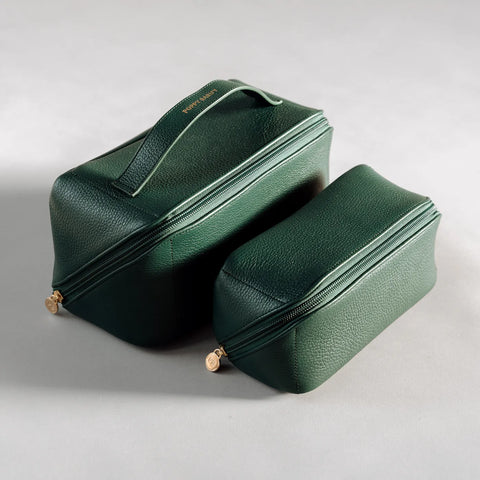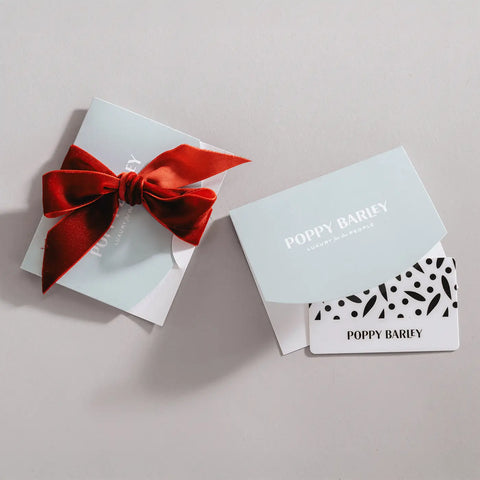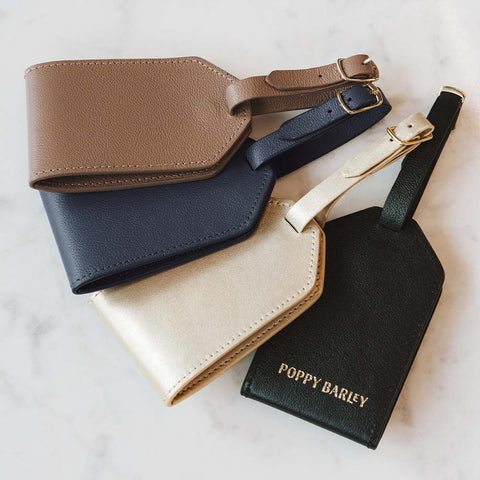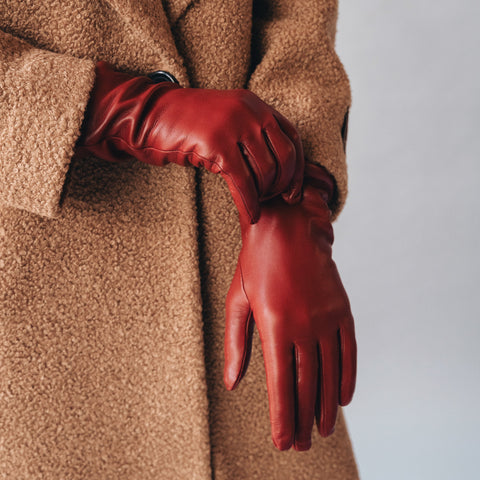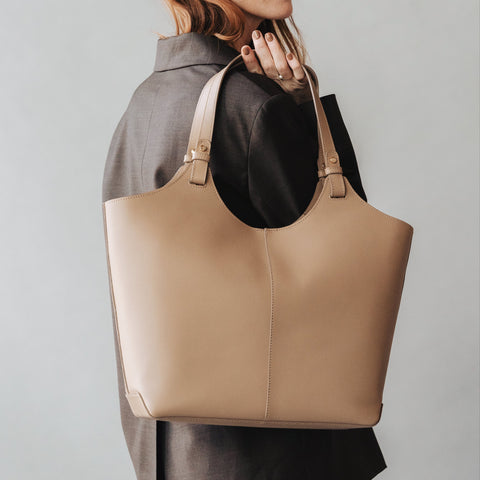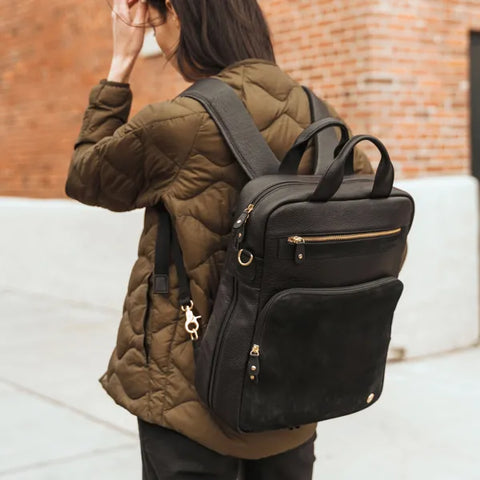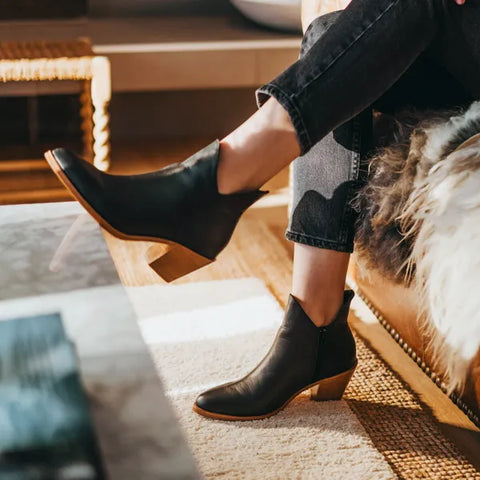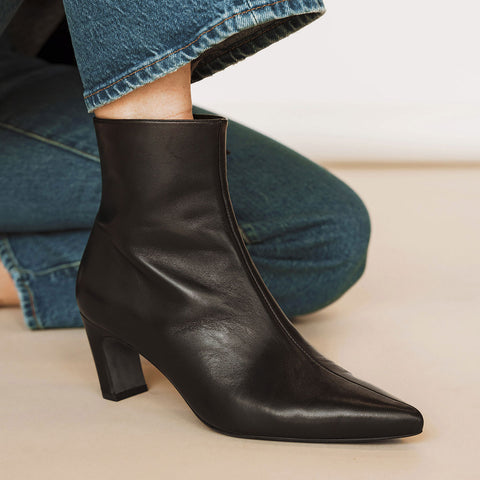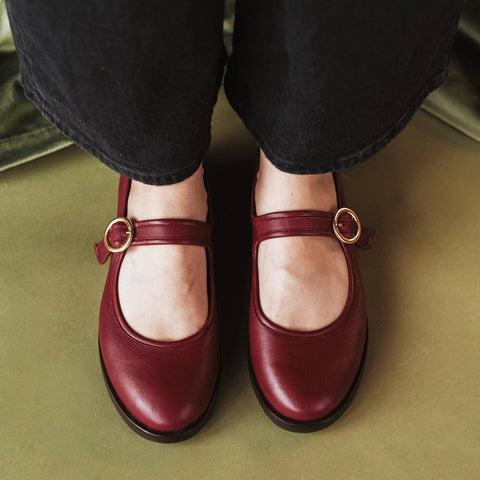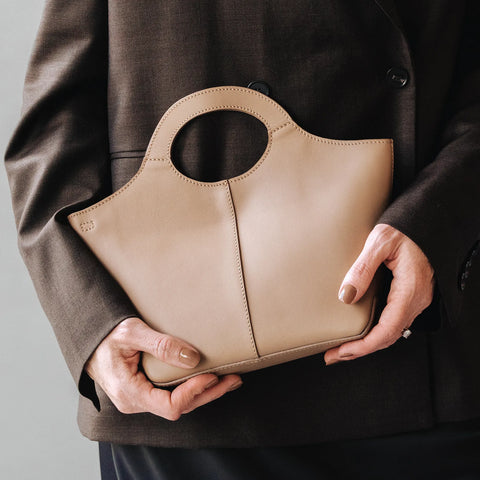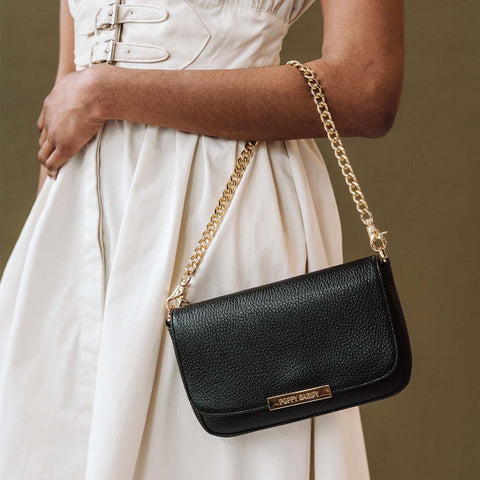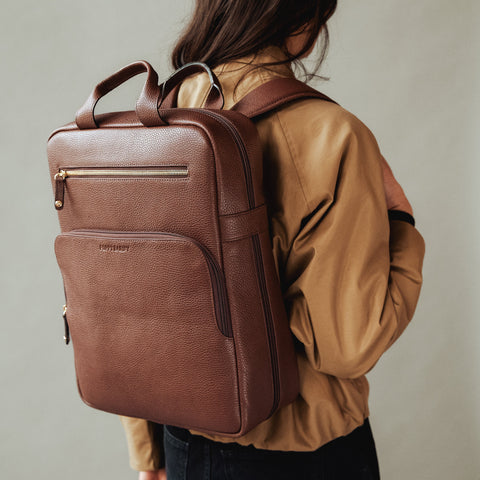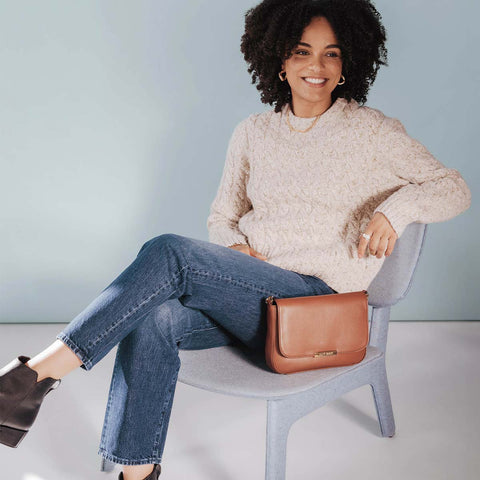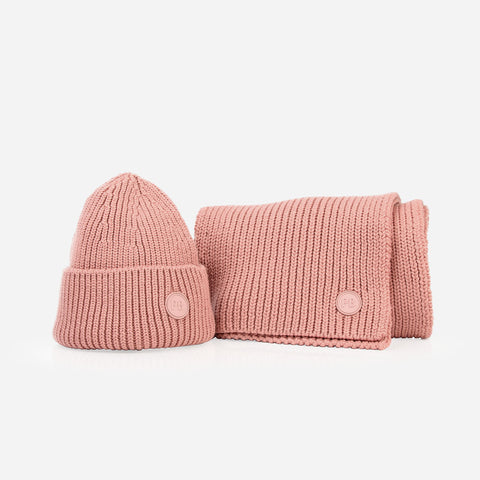As with most objects that are designed, shoes possess features that are functional as well as those that are aesthetic. Sometimes features that are aesthetic in nature begin as functional—and such is the case with broguing. What’s broguing? Those little decorative holes and serrations that you sometimes see on shoes (like our Toronto Brogue and Calgary Wingtip!) are what is being referred to when we discuss broguing.
The word “brogue” came into the English language via the old Gaelic word for shoe, “bróg”, which can be traced back to “brók”, the Old Norse word for “leg covering”. Coincidentally, there’s also an Irish accent that is referred to as “brogue”, and the word is often used to describe any strong regional accent, and specifically those from Scotland and western England. The kind of broguing this Shoeology entry is concerned with also originated in the UK. The Irish and Scottish countryside is full of wet, marshy bogs. The people who work in this terrain have to deal with soaked footwear on a daily basis. In order to help their shoes drain—and, crucially, dry overnight quicker—they added perforations to allow water to escape. To create this drainage system, they punched holes in the leather of shoes using a tool, usually made out of steel, referred to as a "brogue punch". Broguing a shoe is very much an art form, one that takes years to perfect.  These shoes were referred to as “Brogues”. They were made with untanned leather and were constructed for maximal durability. After groundskeepers and foresters began wearing them so did aristocrats who went hunting in their company. Soon after, shoes with broguing were being worn in the city and not just in the country, where they were purely functional work shoes. Eventually, traditional shoemakers started to incorporate broguing into their designs, refining and expanding the kind the patterns of perforations they used. Today, broguing is almost entirely non-functional. In other words, if you step into a puddle wearing shoes with broguing, they'll dry at the same speed as any other shoe. Traditionally, shoes that feature broguing are considered more casual than their broguing-free brethren. Brogues were seen on the golf course as the beginning of the 20th century and were even considered a kind of sports shoe. Staunch traditionalists will argue that broguing is never appropriate for black-tie events, but this kind of prescriptivism has fallen out of favour over the last half-century. Notable figures like the Prince of Wales (later Edward VIII) regularly wore shoes with broguing to nose-in-the-air shindigs as far back as the 1930s. László Vass, shoemaker nonpareil, argues that brogues should never be worn after 6 PM, but this kind of restriction comes off as stodginess in an era where anything goes and rules are more helpful guidelines than written-in-stone law. But the casual air of broguing does add versatility, helping shoes that feature it feel just as natural paired with rolled-up jeans and no socks as they do with a perfectly-tailored bespoke suit. The decorative broguing in the center of a toe cap is called a medallion. Medallions vary in shapes and sizes, with certain shoemakers using unique and distinctive medallion designs that identify shoes as theirs. Think of them as the unique signature or fingerprint of the designer and/or shoemaker. A fun fact: the medallion on our Calgary Wingtip was designed by our factory owner Lupita! We also feature a white underlay underneath the medallion for a little extra pop.
These shoes were referred to as “Brogues”. They were made with untanned leather and were constructed for maximal durability. After groundskeepers and foresters began wearing them so did aristocrats who went hunting in their company. Soon after, shoes with broguing were being worn in the city and not just in the country, where they were purely functional work shoes. Eventually, traditional shoemakers started to incorporate broguing into their designs, refining and expanding the kind the patterns of perforations they used. Today, broguing is almost entirely non-functional. In other words, if you step into a puddle wearing shoes with broguing, they'll dry at the same speed as any other shoe. Traditionally, shoes that feature broguing are considered more casual than their broguing-free brethren. Brogues were seen on the golf course as the beginning of the 20th century and were even considered a kind of sports shoe. Staunch traditionalists will argue that broguing is never appropriate for black-tie events, but this kind of prescriptivism has fallen out of favour over the last half-century. Notable figures like the Prince of Wales (later Edward VIII) regularly wore shoes with broguing to nose-in-the-air shindigs as far back as the 1930s. László Vass, shoemaker nonpareil, argues that brogues should never be worn after 6 PM, but this kind of restriction comes off as stodginess in an era where anything goes and rules are more helpful guidelines than written-in-stone law. But the casual air of broguing does add versatility, helping shoes that feature it feel just as natural paired with rolled-up jeans and no socks as they do with a perfectly-tailored bespoke suit. The decorative broguing in the center of a toe cap is called a medallion. Medallions vary in shapes and sizes, with certain shoemakers using unique and distinctive medallion designs that identify shoes as theirs. Think of them as the unique signature or fingerprint of the designer and/or shoemaker. A fun fact: the medallion on our Calgary Wingtip was designed by our factory owner Lupita! We also feature a white underlay underneath the medallion for a little extra pop.

